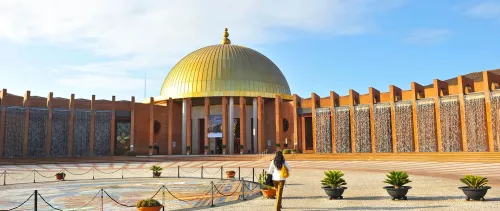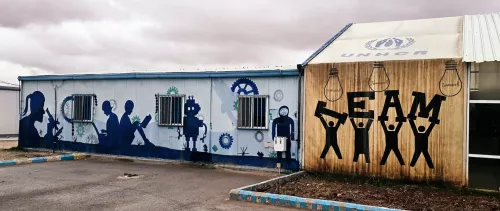
Visiting them one per day, it would take you roughly 22 years to travel to all 7,100 islands in the Philippines – let alone knock on the more than 22 million doors. But luckily for Alana Gorospe Ramos and her data-gathering team, a sample of 43,838 households were selected for the 2019 National ICT Household Survey (NICTHS), a first for the Philippines.
This might still seem daunting to some, but for Alana, Head of Monitoring and Evaluation at the National Planning and Corporate Management Bureau at the Philippines’ Department of Information and Communications Technology (DICT) and her team, this has been a labor of love – as well as a vitally important task for the country’s digital transformation.

Alana at work © Alana Gorospe Ramos
“The National ICT Household Survey is the first ever national ICT household survey that we are doing in the Philippines. It’s a milestone for the department as well as for the Philippines’ statistical system,” Alana explains. “And we’re very happy that other government agencies are actually finding the data very useful.”
You can’t fix a problem that you don’t know about
Data tells us where we were, where we are, what works and what does not.
Reliable and up-to-date ICT data helps decision-makers make informed decisions; they can design better, targeted and more effective policy interventions for digital development. This, in turn, creates wide-reaching impact through the creation of better jobs and stronger digital economies – and ultimately, improves lives.
Data is a vital enabler of socio-economic development.
“We realize now that this data is really getting to be very important with the boom in ICT technologies,” Alana says.
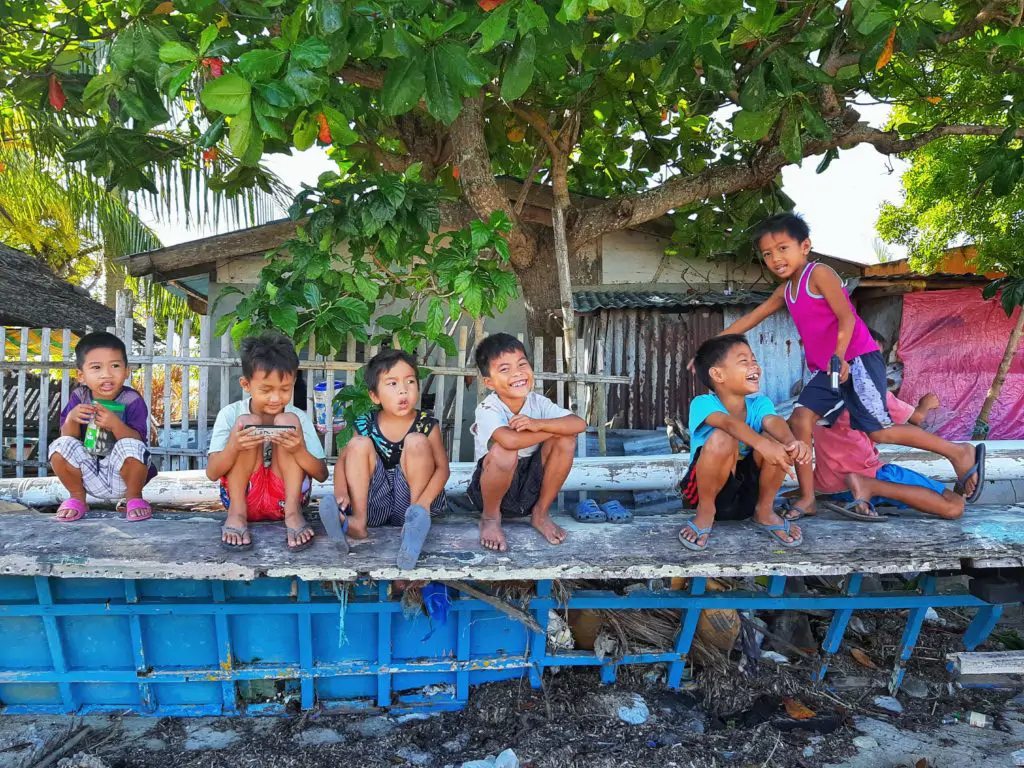
© Greys Capuyan
Pioneering work
When Alana first joined DICT in 2016 – shortly after the department was established – much of the data used for planning, policymaking, project management and development was gathered from secondary sources because there was no mechanism or framework to collect it first-hand.
Alana wanted to change that.
Alana Gorospe Ramos – establishing leadership in ICT statistics
Under Alana’s guidance, DICT partnered with the Philippine Statistical Research and Training Institute (PSRTI), with additional support from the Philippine Statistics Authority (NSO), to conduct the first National ICT Household Survey, which was completed in 2019.
Throughout the project, ITU provided technical assistance. Alana credits ITU with providing the impetus for ICT statistics development through capacity building activities and the recognition of – and belief in – the DICT in leading the development of ICT statistics.
“We hope that there will be more opportunities for collaboration as well in the future,” says Alana.

NICTHS 2019 – Household Data © Department of Information and Communications Technology (National ICT Household Survey 2019)
Click here to see the full results of the survey.
The NICTHS 2019 found that only 17.7 per cent of households surveyed had internet access at home, whereas the average for the Asia-Pacific region was 53.4 per cent at the end of 2019, according to ITU data.
“The results certainly showed that there is still a lack of digital infrastructure and there are still a lot of Filipinos not online. So now, this is certainly one of the priorities of the government: to get more people online,” Alana says.
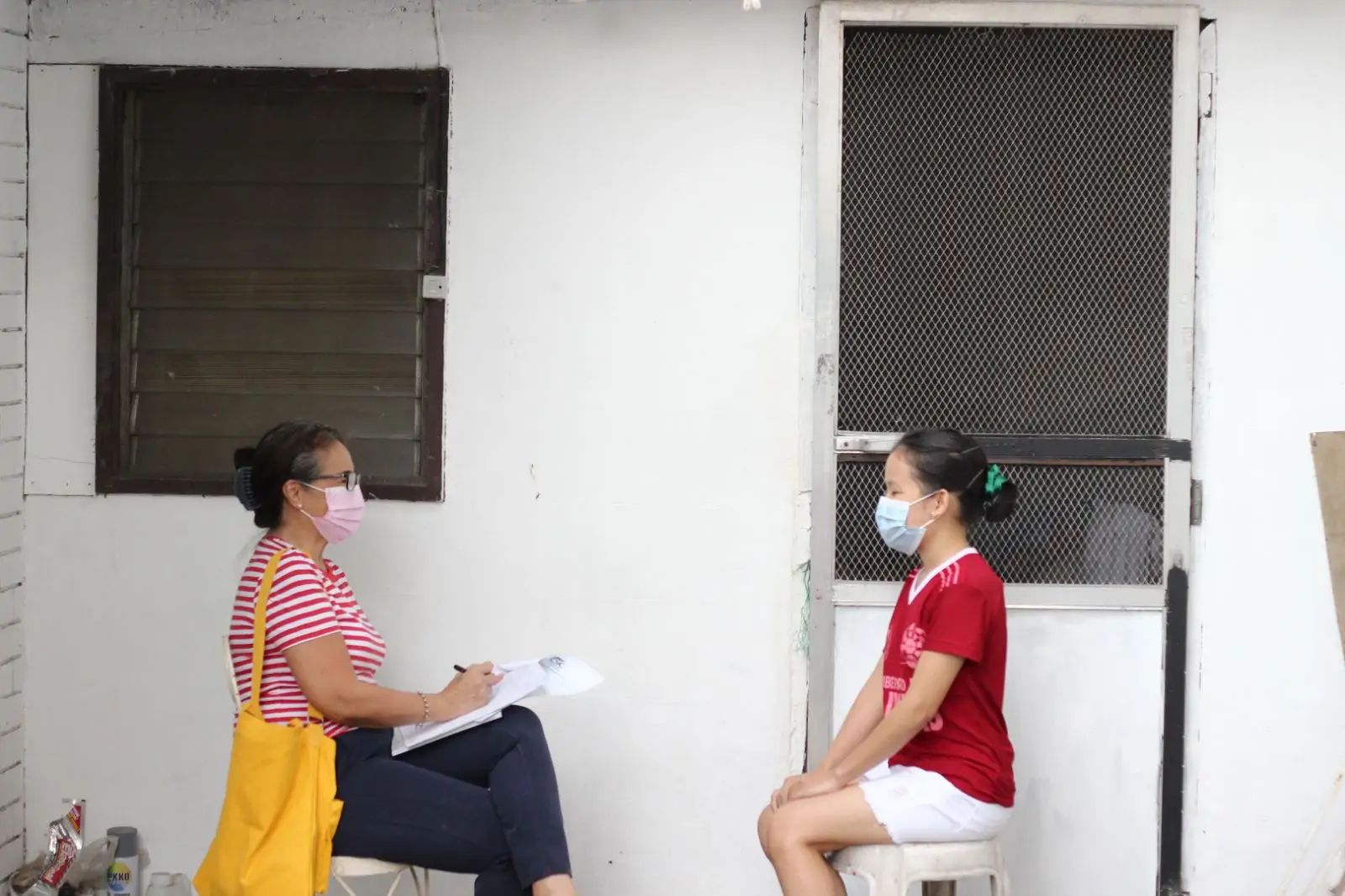
Pre-testing a questionnaire © Alana Gorospe Ramos
This is an issue that is even more relevant in the context of the COVID-19 pandemic: “We’re very glad that the NICTHS was put to good use right away and was able to help other government agencies plan their own pandemic responses – and as well as give households an idea of how they can cope better with the pandemic situation,” Alana says.
Using the data, the government can implement efficient, evidence-based programmes and policies to improve connectivity and national ICT development throughout the country, and measure the success of future projects.
During his keynote message at the 31st National Statistics Month Opening Ceremony on 1 October 2020, which was hosted by the Department of Information and Communications Technology, DICT Secretary Gregorio B. Honasan II, said:
“The way forward, isn’t always simply forward. In traversing the complexities of our expedition towards national digital transformation, we need constant information. Information to tell us whether we should go left, turn right, or keep going forward at certain points. Information on what roads to take and what roads to avoid. Information that will not just point us toward the mark destination, but also tell us exactly where we are, where we came from and how far we have come.
This is where data and information and communications technology – or ICT – statistics come in. The data serves as our guide in ensuring that our government is steering national ICT development initiatives on the right course. We could call it, in a way, our GPS, allowing us to make swift yet informed decisions along the way.
With the added element of being citizen-centric, data and ICT statistics help shape policies that are reflective of the needs of the people, making sure no one is left behind, and that we are taking every Filipino along on our journey.
And the data is already being used to drive digital transformation in the Philippines – and benefit its citizens. For example:
- The NICTHS revealed digital infrastructure gaps, especially in rural and remote areas. “The National Economic Development Authority cited the results [of the NICTHS] to show that digital infrastructure is one of the priority projects of the Build! Build! Build! Program,” Alana beams. The flagship government program aims to improve the Philippines’ public infrastructure to promote economic development; this includes expanding digital infrastructure to the countryside.
- The survey also showed that e-commerce remains a key opportunity for the Philippines, which the Secretary of the National Economic Development Authority cites as a basis to incentivize citizens to use available financial technologies to drive ecommerce in the country.
How to deliver a successful ICT household survey
Alana and her team, as well as institutional partners, undertook several steps which helped to ensure the success of the first National ICT Household Survey, overcoming many challenges before knocking on doors across the Philippines:
- Promoted national coordination with the Philippine statistical system – a vital ingredient in the success of the NICTHS – through an Inter-Agency on ICT Statistics committee;
- Proposed and defended a budget proposal to finance the household survey;
- Gathered internal and external stakeholders to determine and decide the indicators using ITU’s references as a guide; prioritized the indicators based on their relevance to national ICT development plans and international ICT benchmarking systems;
- Oversaw rigorous development, design, and testing of survey instruments to check whether these were up to the task;
- Collaborated on national and regional training/workshops with DICT Regional Offices and the PSRTI to train enumerators both in the ICT indicators’ concepts and definitions, how to use the survey instruments, and the data-gathering equipment;
- Oversaw the implementation of the ICT household surveys.
Alana Gorospe Ramos – enumeration training and data gathering
Lessons learned and hopes for the future
“Doing the National ICT Household Survey was certainly not without its challenges,” Alana explains.
Some of the teams encountered poor connectivity in some rural areas, and conducting the enumeration process during typhoon season (i.e. July through November) meant that data collection was delayed due to bad weather.
But Alana has high hopes for the future. “As a first survey, we recognize that this could be improved. And we hope that succeeding surveys can be done and the national survey can be a part of our statistical system in the future,” she says.
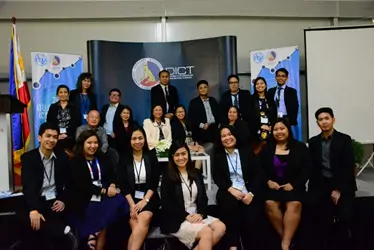
Survey training team © Alana Gorospe Ramos
“On a personal note, I’d like to thank my staff at the monitoring and evaluation division, they have been the most tremendous support, and I cannot thank them enough (…) I will certainly retire in a few years, so the responsibility will now be left to the young staff at DICT and I know that they will continue the good job that has been done. I hope that the appreciation for ICT data will continue and it will trigger more and more surveys to be done,” she says.1
With that, she has one message for her team: “I’m very, very proud of you and very, very proud of your efforts. Do continue the work: you are the future of the division. You’re the future of data – ICT data – in the agency.”
1 As of this writing, the 2nd run of the National ICT Household Survey may take place in 2022, with the inclusion of the survey budget in the President’s 2022 National Expenditure Program.
